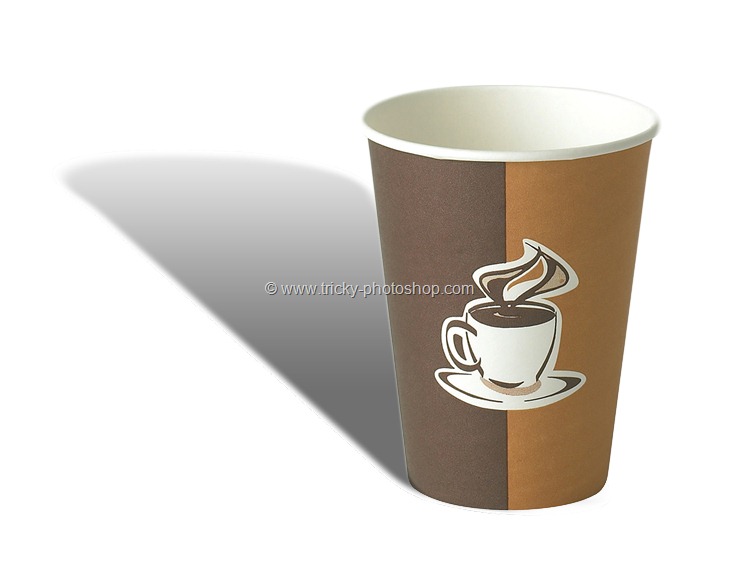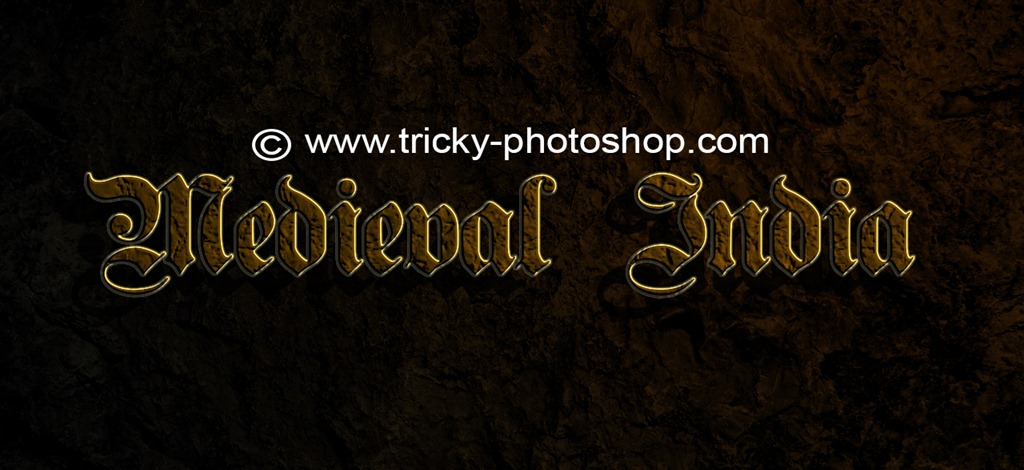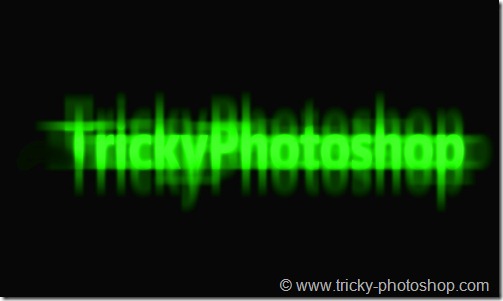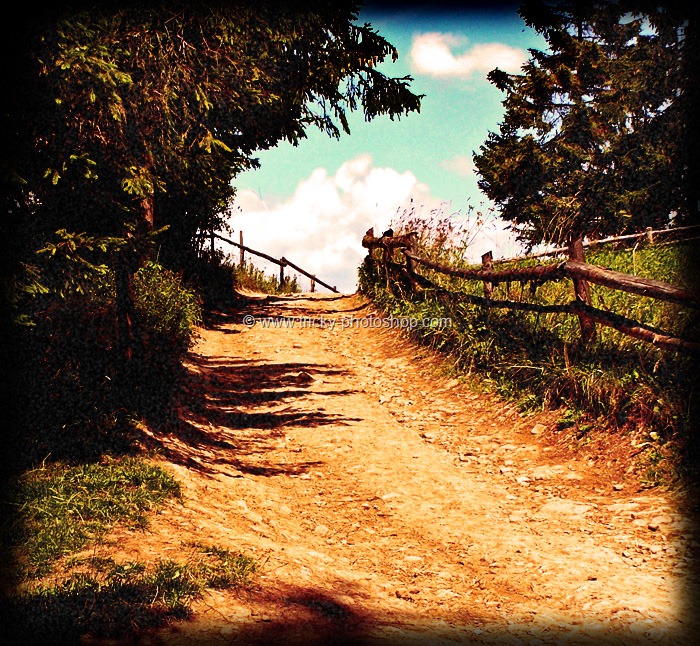Hello guys I am Vaibhav and in this beginner tutorial on Photoshop I am going to show you how to create a new document in Photoshop CS6. Last time I discussed about the Difference Between Raster and Vector Images in Photoshop which is a recommended tutorial for all the Photoshop users. In this article bascially I am going to discuss about creating a new document in Photoshop and will also explain all the options that we generally see when we are creating a new document. Obviously creating a new document is one of the easiest thing to do in Photoshop.
To open a new document just click on File which you can find just above the option bar. Click on File and then click new. I am using Photoshop CS6 for windows. For the Mac user instead of blue PS that is at the top left corner you may see apple icon.
Being a beginner you may find its easy to open a new file just by following the above step but after some time it will really start irritating you to go to file>new again and again to create a new file. For that there’s a solution. You can use keyboard shortcut for that. Just press ctrl+N for PC or cmd+N for Mac. This will open the dialogue box for creating a new file.
In the name box the name you are going to write would be the name of your new file. As you can see that I have written “TrickyPhotoshop”. So the name of the file that is going to be created is “TrickyPhotoshop”.
[message_box title=”MESSAGE TITLE” color=”red”]
- If you are a PC user then don’t put special symbols like slashes(/), colons(:), angled brackets(<,>), pipes(|), asterisks(*) or question mark(?) because these symbols windows uses these symbols for its system files. It may create some problem when you put this symbols in your file.
- If you are an Mac user that don’t put periods at the starting of your file. Mac make that file invisible so you can not be able to see that file.
- Don’t put file extension at the end of your file name like (.jpg, .png, .psd etc) because Photoshop will let you save your work in multiple formats when you save your work once you are done with your project
[/message_box]
[divider scroll_text=”SCROLL_TEXT”]
Photoshop comes with may predefined formats likes International paper, Web, default Photoshop Size, Photo etc. For the web preset, the default size is 800 by 600. I advice to use pixels instead of inch, centimeters etc.
In the width box you can enter whatever the value you want. The value you enter is going to be the width of your new project. Adjacent to the width box you can see a drop sown menu where you can see pixels, inches, centimeters etc. Suppose you enter your with as 1600 and you select “pixels” in the drop down then the new file is going to have 1600 pixels width. If you enter 10 in the width box and you choose inch in the right box then the new file you are going to create will be 10 inch wide.
[message_box title=”MESSAGE TITLE” color=”red”]If you have copied a selection from you’re a part of an image or the entire image than that image will be temporary store in the memory of your computer and generally we call that “clipboard”. When you create a new file Photoshop is smart enough to automatically put the width and height of the selection as your width and height of the new file.[/message_box]
[divider scroll_text=”SCROLL_TEXT”]
Resolution basically defines the pixels per inch, pixels per centimeter in the document. Greater the resolution larger will be the size of file. For web or home use 72 pixels per inch, for professional printers use 240 pixels per inch or better use 300 pixels per inch.
In the above image you can see that in the magnified form there are lots of square shape object. This is called as pixels. Basically pixel constitutes an image just like bricks are the building blocks of our house.
In the color mode profile you can see various profiles like bitmap, RGB etc.
- Bitmap: Only work with two color, either white or black. Not even gray color is present. It is one of the mode important color mode when you are working on the image that only consists of either black or white like paper etc.
- Grayscale: Works with black, white and shades of gray. I think you all know about black and white photography. Grayscale mode is best to process that kind of photos.
- RGB Color: One of the most popular mode. This mode consists of three colors that is red, green and blue in the scale of 0 to 255. You’ll get to know more when you starts changing the color of your photos is Photoshop. Till know only thing that you should know is that it is one of the best color for your everyday photos.
- CMYK Color: Best for printers. CMYK stands for cyan, magenta, yellow and black (yes, it’s black). As I have already written this mode is best for digital printing or poster printing. This mode have less color than RGB.
- Lab Color: I think you all know that human eye cannot see all the colors that are present around us or differentiate between them. Lab color converts the your original photo color to the color which is best suited for human eye can detects or rather I’d say converts all the color that is beyond the range of human eye to the color that is easily detectable by human eye.
Adjacent to the color mode you can see you can see the bit depth. In the drop down menu you can see 1bit, 8 bit, 16 bit and 32 bit.
It determines the amount of colors in your photo. While 1 bit and 32 bit is very rare, I’m mainly going to talk about 8 bit and 16 bit. More the bit means more color information it can store. By choosing the larger bit file size increases (roughly in the multiples of 2). I totally recommend you to choose 16 bit for a new file for professional use while choose 8 bit for personal use. 8 bit consists of 256 colors, 16 bit consists of 65,536 colors while 32 bit is mainly called as high dynamic range (If you are an photographer you might’ve heard a term HDR photography. That HDR is short form of high dynamic range.).
Next thing you can see is the “background content”. As the name is already defining its function, the color you are choosing would be the background of your photo.
- White: Your background color would be white.
- Foreground color: Your foreground color would be your background color.
- Transparent: Your background would not have any color. You can use any color in the future to fill your background
PS: You can change the background color whenever you want.
If you are seeing the e of pattern that is shown below as your background than this means your background is transparent.
[divider scroll_text=”SCROLL_TEXT”]
Color profile is like a instruction you are giving to Photoshop that instructs Photoshop to use only certain type of colors. By default it is set to “sRGB IEC61966-2.1”. I totally recommend you to leave this profile to default mode until and unless you have idea about it.
Pixel Aspect Ratio is basically determines the shape of your pixels. As you can see in the 5th image from the top that the pixels are looking in the shape of square. It is one of the best shape if you are working on a photo. If you are working on a video than this pixels may looks distorted(as you change the aspect ratio from 4:3 to 16:9). For video purpose choose the aspect ratio that is best suitable for you.
[divider scroll_text=”SCROLL_TEXT”]
You can click on “save preset” and use that preset for again and again without filling the information again and again.
Adjust the setting according to you after clicking on “save preset”.
And you are done here. Read my next tutorial in which I will be discussing about Refine Edge Tool in Photoshop. Thank you for reading this article. Hopefully we’ll meet again in four days.
























